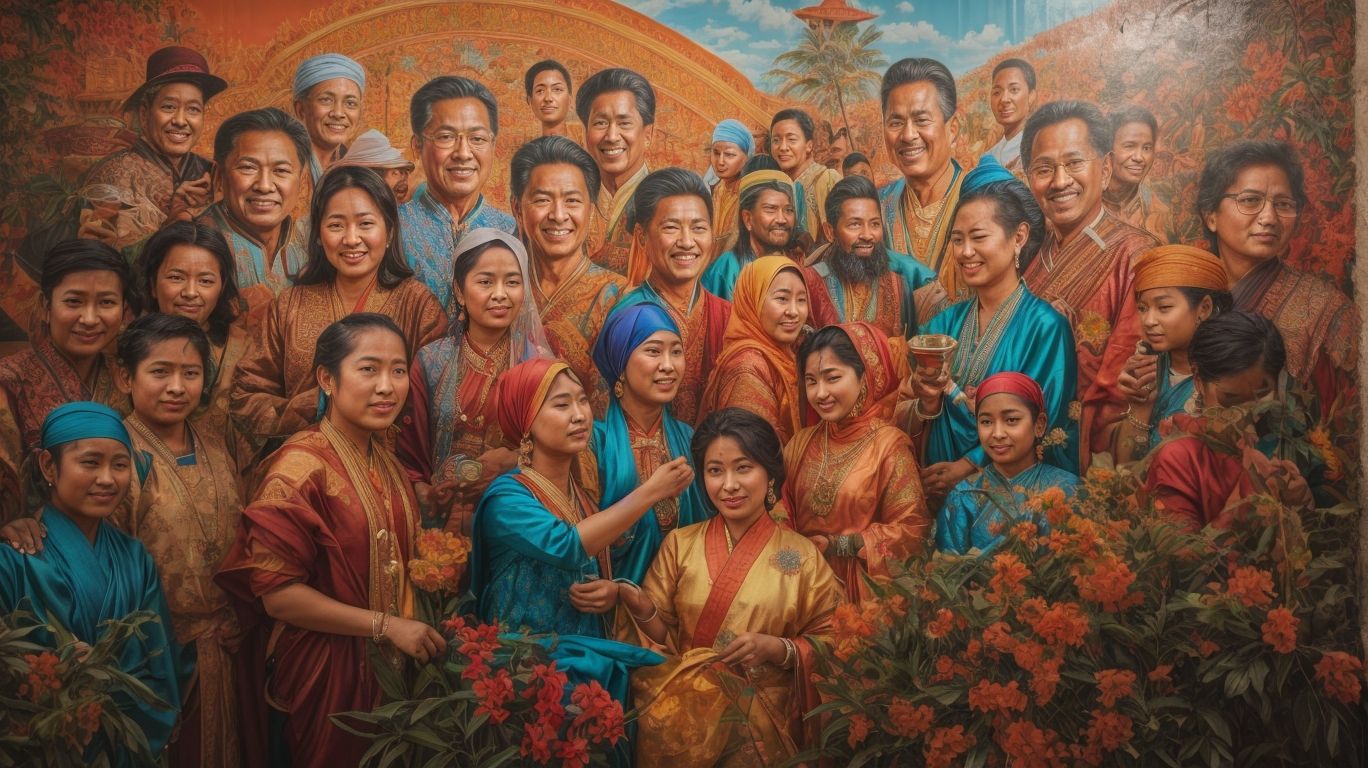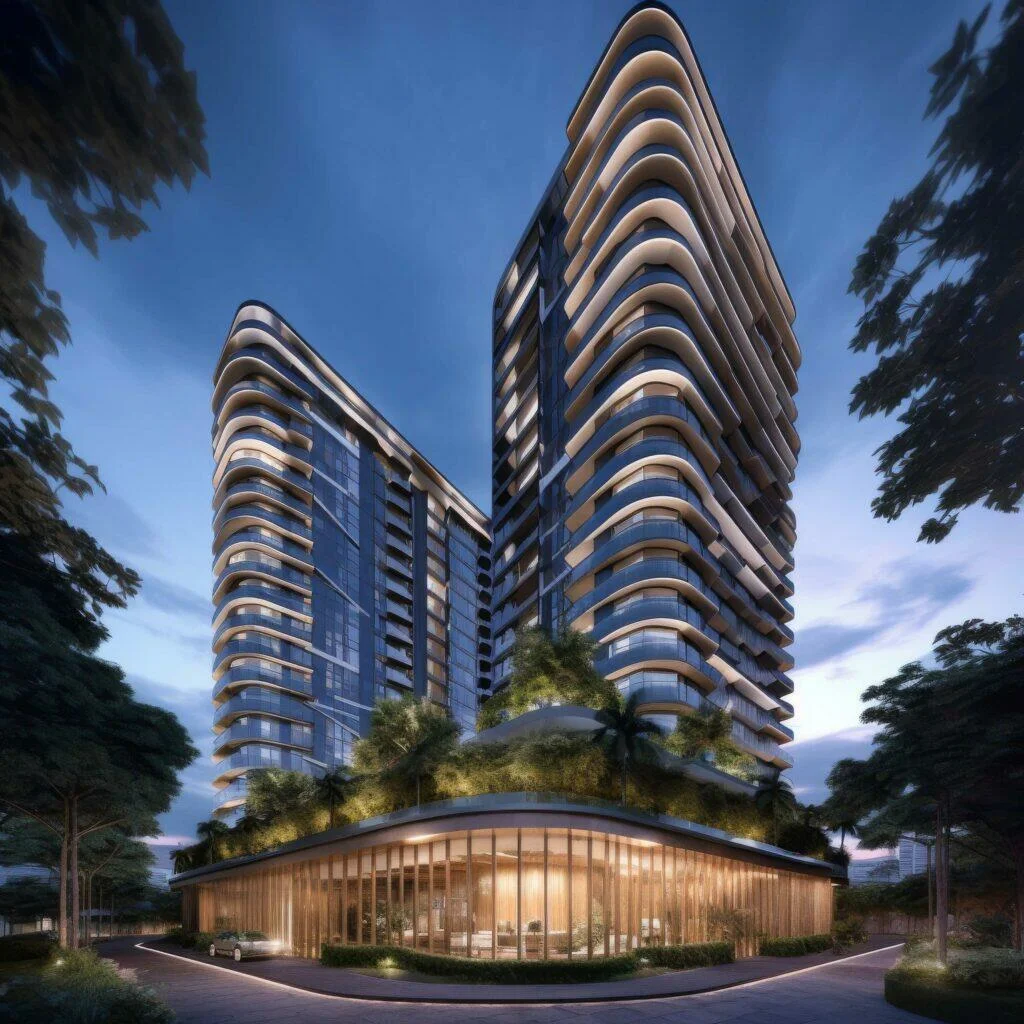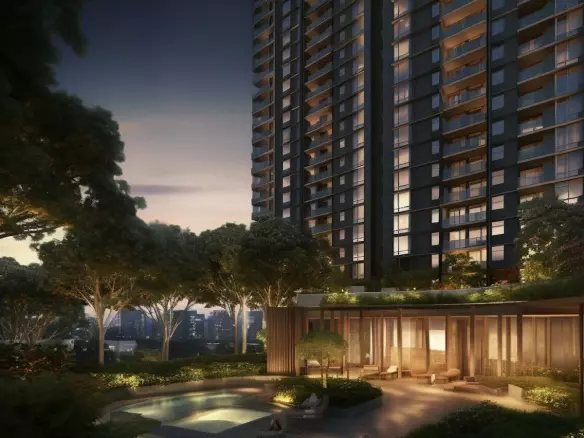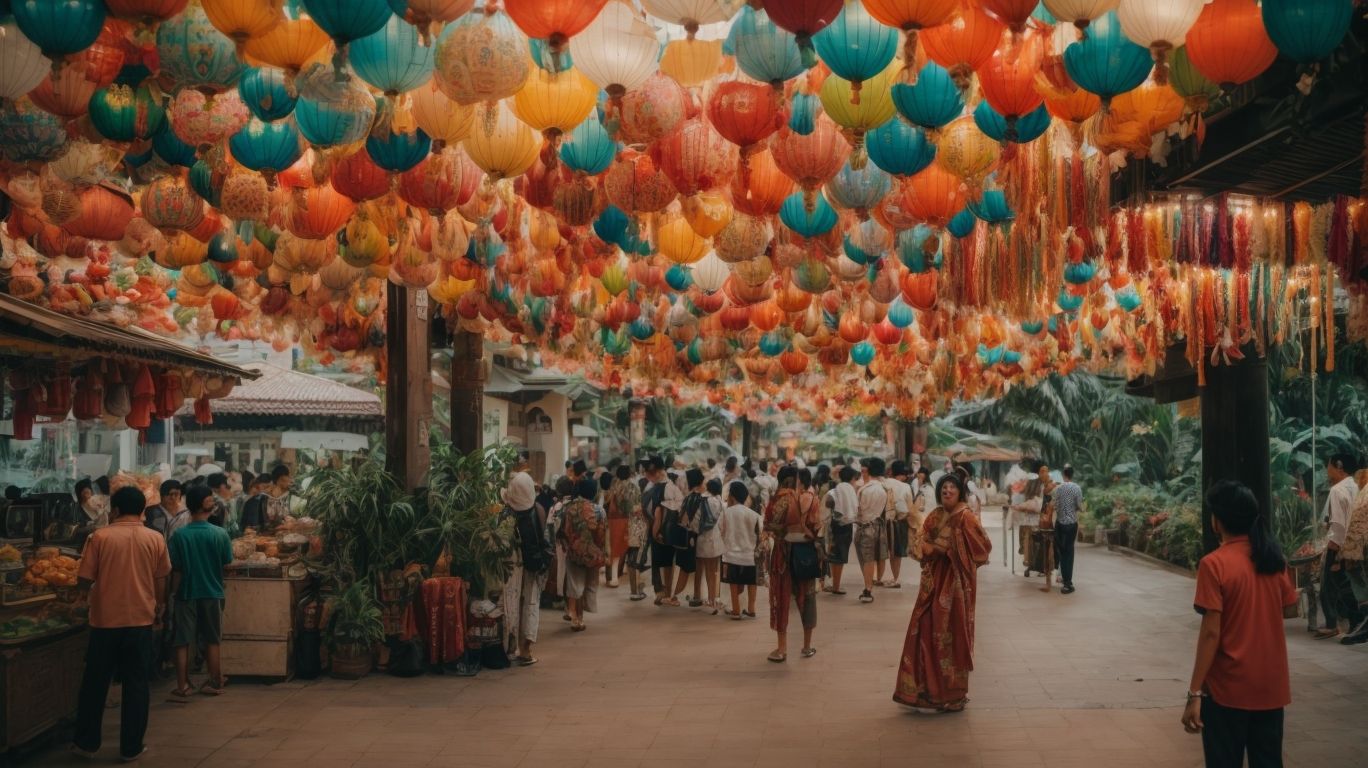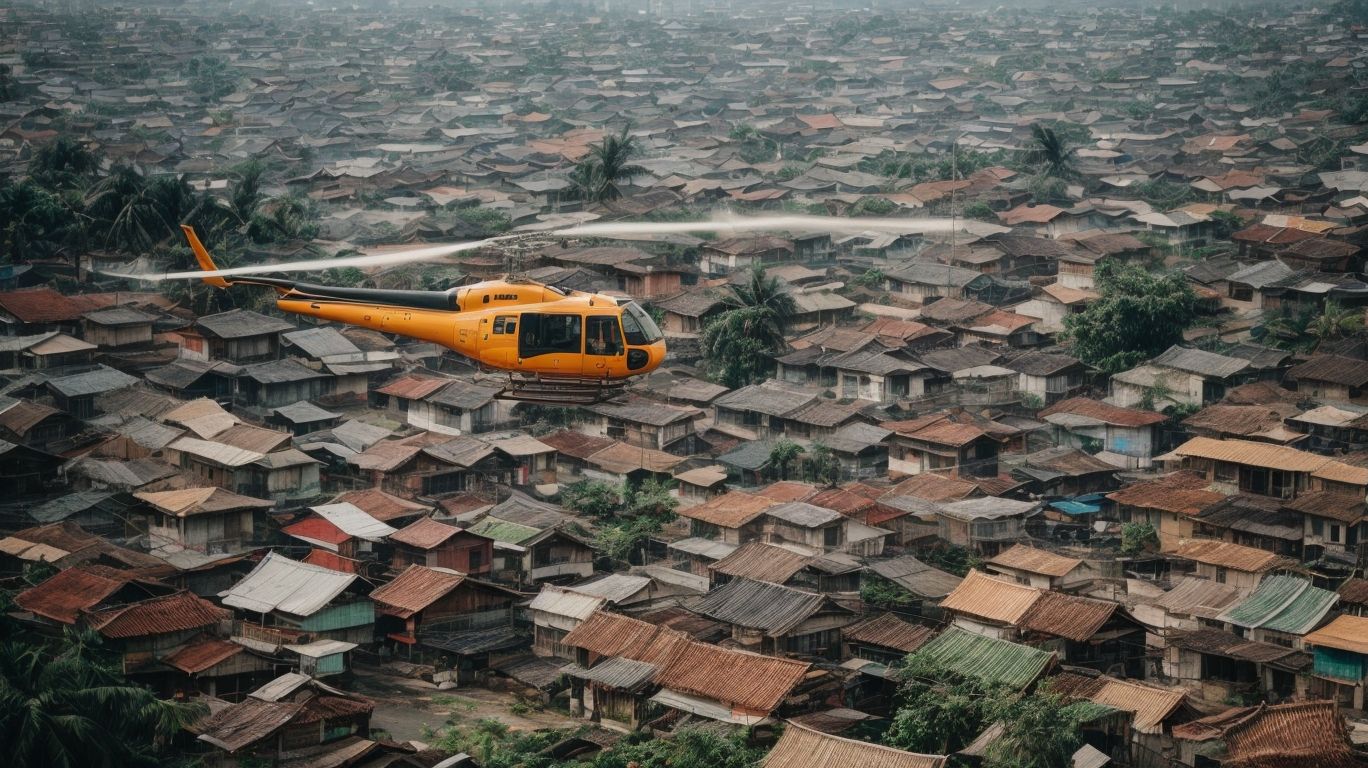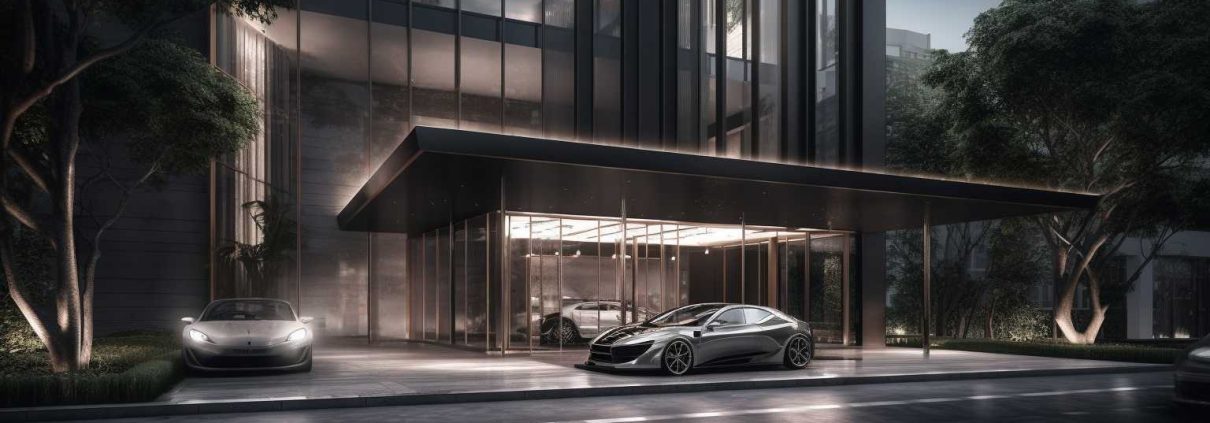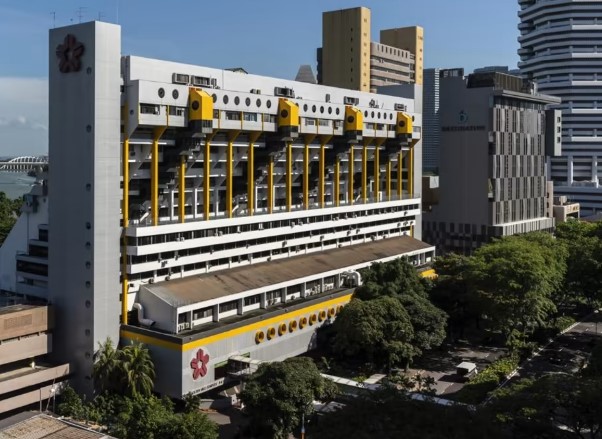
Golden Mile Complex, with its iconic 16-story structure and a 99-year leasehold, was gazetted as a conserved building in October 2021 due to its historical and architectural significance. As we approach its 50th anniversary, the building has faced challenges, leading to escalated maintenance costs. With resounding approval from over 80% of residents, the complex has been sold to the consortium, paving the way for a transformative redevelopment scheduled to commence in 2023.
About former Golden Mile Complex Location
Situated in District 07, the redevelopment is strategically located in the City Region, commanding a premium due to its central locality. The vicinity boasts high-rise office buildings, shopping malls, and notable residential areas like DUO Residences and Concourse Skyline. The former Golden Mile Complex was within walking distance to Nicoll Highway MRT (Circle Line) and Lavender MRT (East-West Line), providing convenient access to key business hubs like Suntec City, Marina Bay Financial Centre (MBFC), and Raffles Place.
A prominent player in real estate and healthcare, Perennial Holdings has a global portfolio of over 80 million square feet, emphasizing integrated real estate development and healthcare services. Golden Mile Complex adds to their impressive lineup, joining the likes of CHIJMES, Capital Singapore, and Chinatown Point.
Embarking on a transformative journey in the late 1960s, the Singapore government initiated an array of urban renewal projects, reshaping the city and downtown areas. Among the canvas of possibilities for development, the land nestled between Beach Road and Nicoll Highway christened as the Golden Mile, stood as a beacon of potential. By the year 1973, a distinctive architectural marvel emerged – the Woh Hup Complex, more famously recognized as the Golden Mile Complex.
About Woh Hup Complex
The $18-million Woh Hup Complex quickly gained acclaim as an architectural wonder. Its stepped terraces, strategically designed to enhance ventilation and natural light, bestowed a unique charm, creating a visually striking sloping façade along Beach Road. The project’s conception and execution were entrusted to homegrown entities, with Singapura Developments spearheading the endeavor. They collaborated with local architectural firm Design Partnership (now DP Architects) and contractor Woh Hup to bring this vision to life.
Unveiled on January 28, 1972, the 16-story Woh Hup Complex marked a pioneering venture in large-scale mixed developments in Singapore. Comprising commercial, recreational, and residential spaces, it featured residential units on the top seven floors, offices on the fourth to ninth stories, and a bustling shopping hub, the Golden Mile Shopping Centre, on the first to third levels. These retail shops and offices were strategically marketed in 1971 to attract eager buyers.
About Former Golden Mile Complex
The subsequent year witnessed the rise of the 24-story Golden Mile Tower adjacent to Woh Hup Complex, introducing the Golden Theatre, Singapore’s largest cinema at the time. Linked by an underpass, Woh Hup Complex became more recognized as Golden Mile Complex. Throughout the seventies and eighties, the complex evolved into a bustling marketplace, offering a diverse range of products and services, from electrical appliances to technical training courses.
In 1983, Golden Mile Complex began to embrace its Thai identity, with the opening of First Thai Siam Snack House. This establishment marked the inception of an era where Golden Mile Complex gradually transformed into “Little Thailand” or “Little Bangkok.” As Thai stalls and shops flourished, the complex became a focal point for authentic and reasonably-priced Thai cuisine, reminiscent of the bustling Pratunam in Thailand.
The nineties witnessed a surge in the Thai population, with Golden Mile Complex serving as a gathering enclave for Thai residents and workers in Singapore. The complex’s atmosphere resonated with familiar Thai music, food, and merchandise, creating a sense of home for the community. By 1987, around 20,000 Thai workers were in Singapore, a number that surged to 50,000 by the mid-nineties.
In the 2000s and 2010s, Golden Mile Complex continued to evolve, becoming a hub for mookata, a Thai barbecue steamboat sensation that garnered popularity in Singapore. However, challenges loomed in the form of maintenance issues, immigration concerns, and a tarnished public image. The eighties saw tenant discontent, with petitions addressing lift breakdowns, water supply disruptions, and other maintenance grievances.
By the nineties, Golden Mile Complex faced a decline in reputation, marred by issues such as poorly maintained facilities, hygiene concerns, and illegal immigrants. The complex, once an architectural marvel, began to be labeled an eyesore, even earning the title of a “vertical slum” by some.
About Former Golden Mile Complex Collective Sales
In the early 2000s, attempts to sell the property via en-bloc deals proved unsuccessful. In 2021, Golden Mile Complex was officially conserved, and a consortium consisting of Far East Organization, Sino Land , and Perennial Holdings Private Limited, acquired it for $700 million in 2022. Armed with incentives from the Urban Redevelopment Authority (URA), the new owners embarked on a journey to rejuvenate the complex, adding a tower and renewing its 99-year lease.
As Golden Mile Complex gears up for a transformation, the echoes of “Little Thailand” will linger as a nostalgic memory, a testament to its rich and diverse history.
Visit Aurea Condo to get to know more about the new development rising in the former site of Golden Mile Complex.


